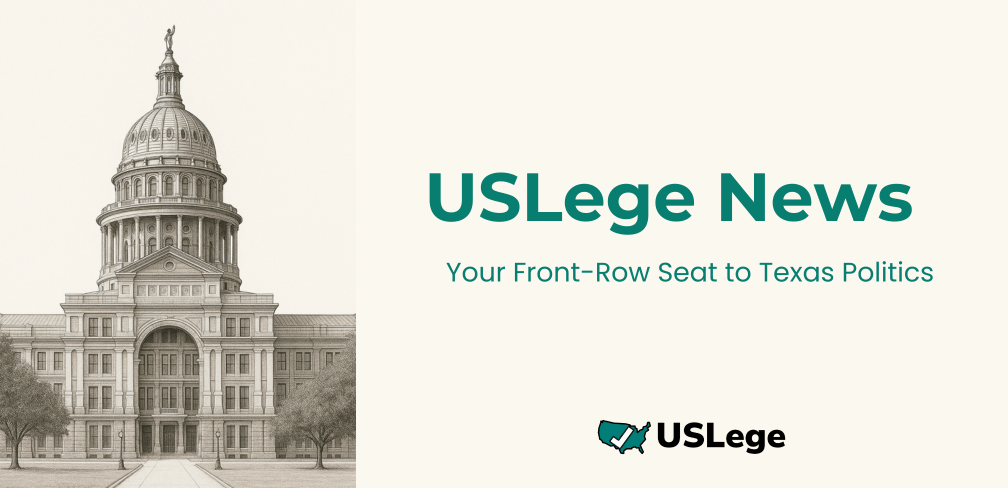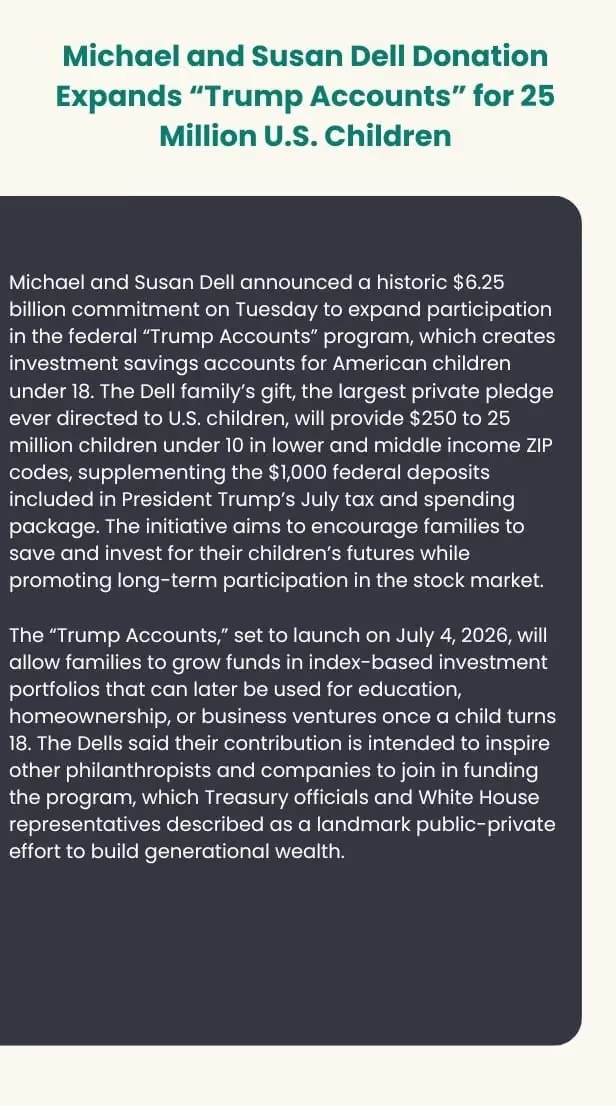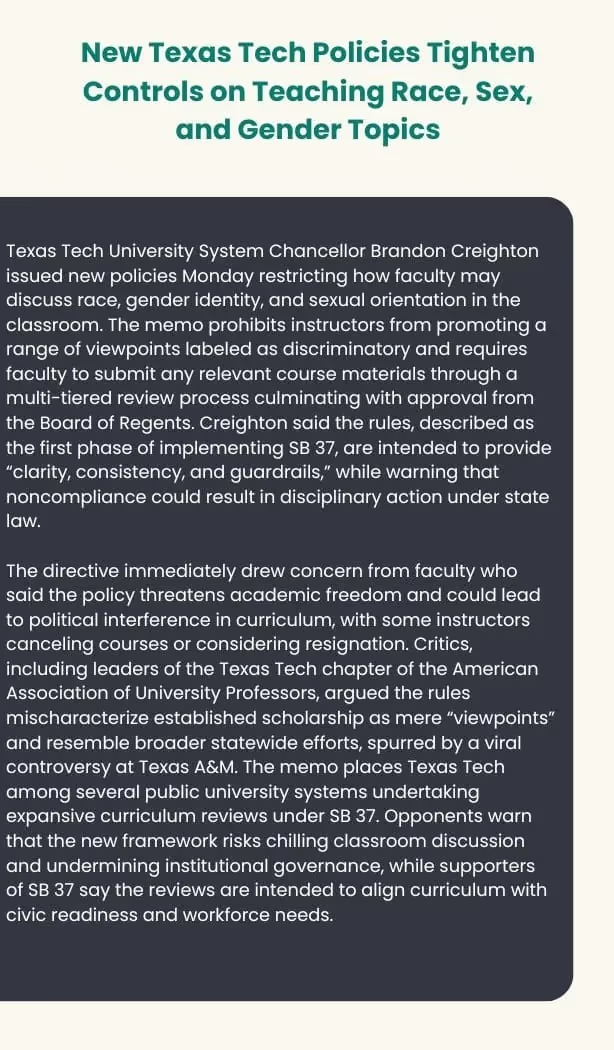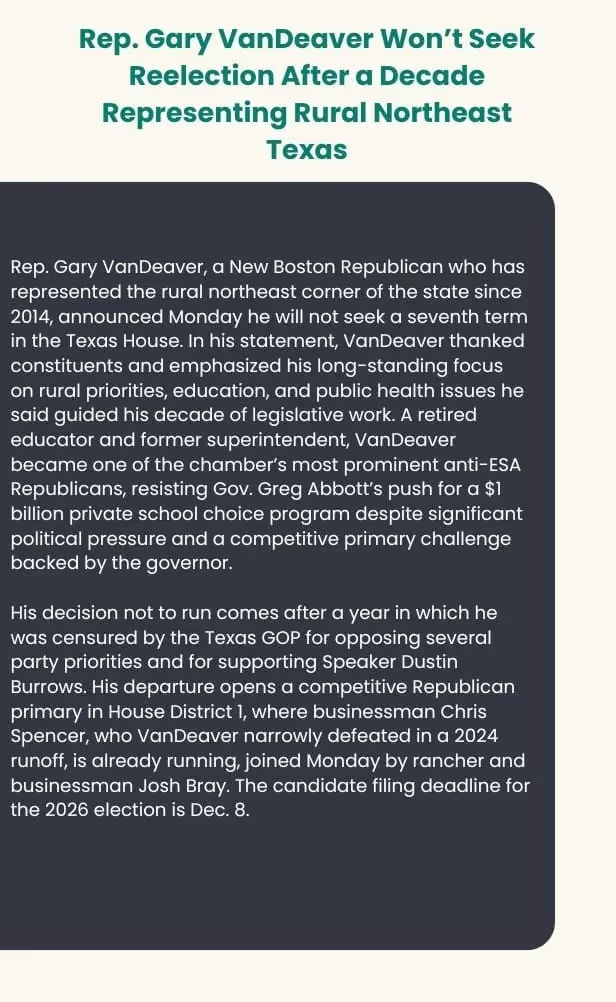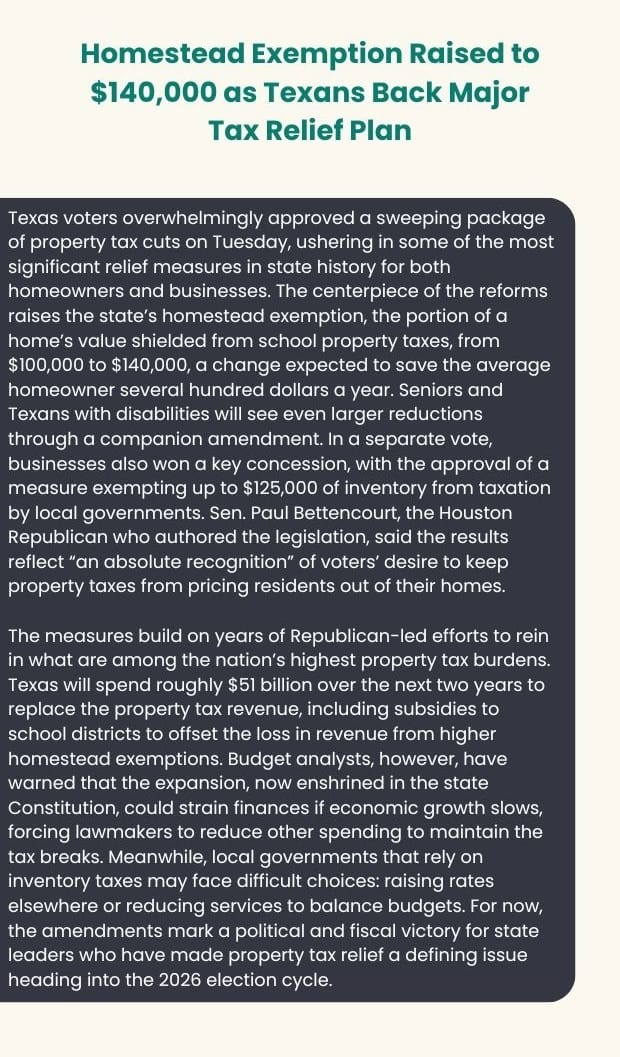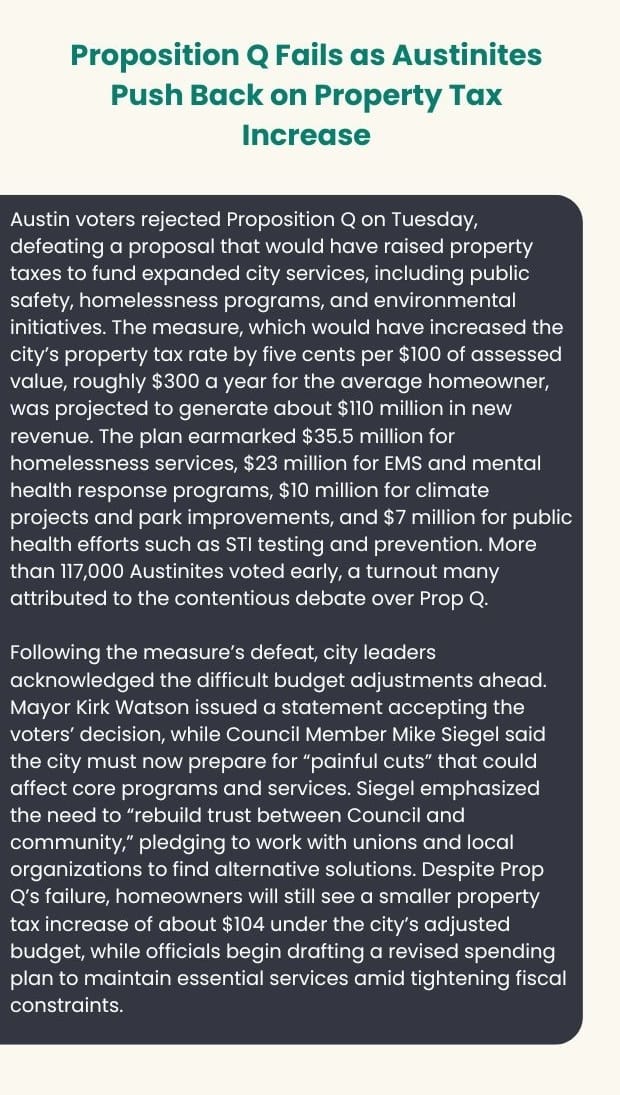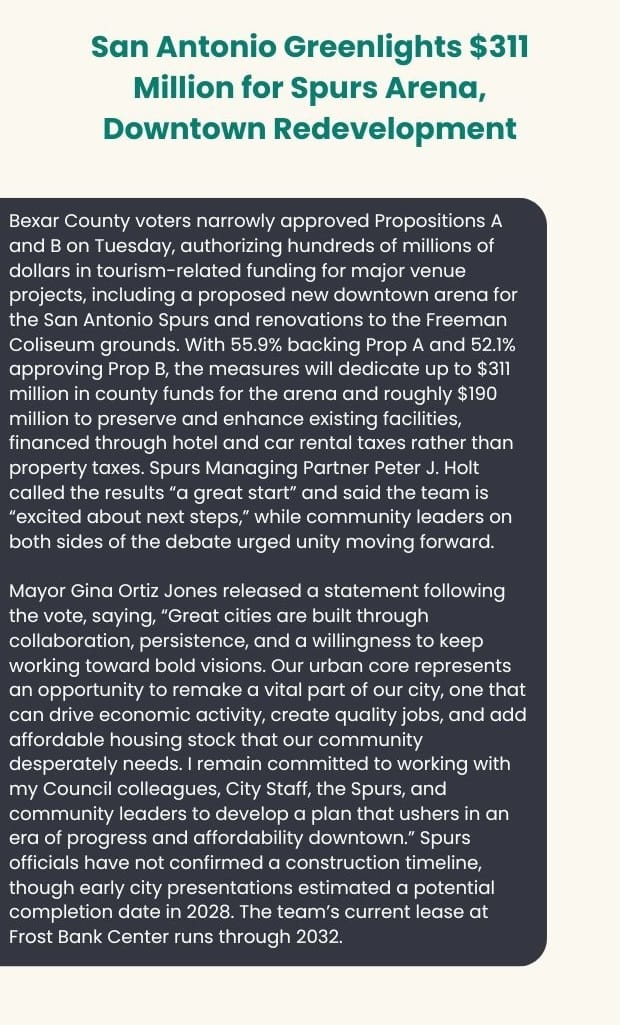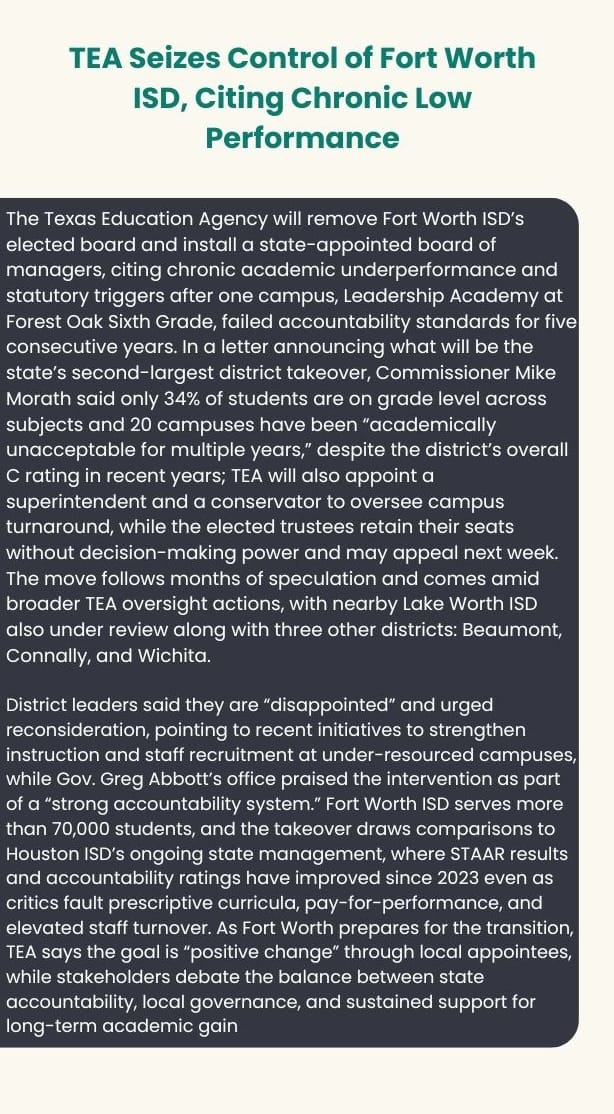The polls will be open from 7 a.m. to 7 p.m. local time across the state as voters determine the final major-party nominees for the general election. Here are some of the storylines we will be watching as the evening unfolds:
Looking for a Wave: Democrats are deciding their gubernatorial nomination in a runoff for the first time since 1990, and the 14th time overall, but turnout is running closer to runoffs for down-ballot statewide offices. The last six Democratic gubernatorial runoff elections drew more than 1M voters. The last Democratic gubernatorial runoff to draw fewer than 1M voters was in 1934. The 1920 Democratic gubernatorial runoff election is the only one in state history that failed to draw at least 725K voters (Just 449K people voted.).
Measured as the percent of registered voters casting ballots, turnout for the 1990 runoff was 13.6%, which was well short of the 52.1% turnout record set in 1972. That election occurred shortly after the repeal of the poll tax and the beginning of modern voter registration. All other Democratic gubernatorial runoff elections occurred during the poll tax era. Statewide Democratic runoff turnout has not exceeded 5% of registered voters since 2002. It bottomed out in 2016, when just 1.3% of registered voters participated in the runoff, the lowest turnout figure for any statewide Democratic runoff race in state history.
Past early voting results indicate turnout will be closer to the lower end of the historical distribution. In the March primary, early voters represented 55% of all votes cast, and the 30 counties with the most registered voters accounted for 87% of all votes cast. During early voting for the runoff, those 30 counties combined produced 219K Democratic early voters, suggesting overall Democratic runoff turnout could fall short of 500K voters.
If there is a Democratic wave in 2018, it has yet to be caught by either gubernatorial candidate.
Incumbents’ Fates: Reps. Scott Cosper (R-Killeen) and Rene Oliveira (D-Brownsville) were forced into runoffs, which have historically been cruel to incumbents. Just five out of the last 25 legislative incumbents have survived their runoff challengers. Both finished in first place in their respective primary elections, but neither finished at least 17.5 points ahead of their rival. Four of the five winning incumbents had pluralities of at least that size headed into their runoffs. Oliveira received 48.5% of the vote, finishing 12.1% ahead of Alex Dominguez, but that was before the incumbent’s DWI arrest. Incumbents receiving at least 48% of the vote in the primary are 2-2 in runoffs since 2006.
Cosper received just under 45% of the vote in the primary, giving him a 3% lead over Brad Buckley. In 2016, Cosper received 42% of the vote, finishing just under 5% ahead of Austin Ruiz, in an open-seat primary. Cosper won the 2016 runoff over Ruiz by 40 votes. Incumbents whose plurality over a challenger was 3% or less have lost four of five runoffs since 1998.
Republican Civil War: As has been the case with several recent primary cycles, six legislative runoffs pit candidates backed by Texas House leadership against those underwritten by Empower Texans PAC, Texas Right to Life PAC and donors within their orbits. Empower Texans PAC and Texas Right to Life PAC have combined to spend at least $1M on these six races since the March primary, while Associated Republicans of Texans and Texas House Leadership Fund have invested at least $650K.
The six runoffs are listed below, with the leadership-backed candidate listed first and the amount each candidate has received from either the movement conservative groups or the leadership-backed groups since the primary in parentheses:
- HD4: Keith Bell ($105,679) vs. former Rep. Stuart Spitzer ($167,387)
- HD8: Cody Harris ($162,054) vs. Thomas McNutt ($401,078)
- HD13: Ben Leman ($107,825) vs. Jill Wolfskill ($143,217)
- HD62: Reggie Smith ($90,596) vs. Brent Lawson ($92,294)
- HD107: Joe Ruzicka ($12,149) vs. Deanna Metzger ($87,471); and
- HD121: Steve Allison ($171,136) vs. Matt Beebe ($152,199).
As they did in 2016, the movement conservative groups did not get involved in the HD54 runoff. They backed the third-place finisher in the Republican primary.
Year of the (Democratic) Woman: During the primary, women won or advanced to a runoff in 92% of Democratic primary races where at least one man and one woman were running and no incumbent was in the race. Seven Democratic runoffs for Congress and four for state office feature a Democratic woman running against a male candidate.
- GOV: Lupe Valdez (43%) vs. Andrew White (27%)
- HD46: Sheryl Cole (38%) vs. Chito Vela (40%)
- HD109: Deshaundra Lockhart Jones (45%) vs. Carl Sherman Sr. (40%)
- HD133: Sandra Moore (just shy of 50%) vs. Marty Schexnayder (41%)
- CD3: Lorie Burch (just shy of 50%) vs. Sam H. Johnson (29%)
- CD10: Tawana Cadien (18%) vs. Mike Siegel (40%)
- CD21: Mary Wilson (30%) vs. Joseph Kopser (29%)
- CD22: Leticia Plummer (24%) vs. Sri Preston Kulkarni (32%)
- CD23: Gina Ortiz Jones (41%) vs. Rick Treviño (17%)
- CD25: Julie Oliver (26%) vs. Chris Perri (33%); and
- CD32: Lillian Salerno (18%) vs. Colin Allred (32%).
A couple of other runoffs feature two women, including a hotly contested race between Laura Moser and Lizzie Pannill Fletcher in CD7, a race into which the national Democratic Party has injected itself. The winner will meet U.S. Rep. John Culberson (R-Houston).
Republican women were far less successful, winning or advancing in just 44% of such races. Four runoffs pit a Republican woman against a male candidate:
- HD13: Jill Wolfskill (39%) vs. Ben Leman (36%)
- HD107: Deanna Metzger (45%) vs. Joe Ruzicka (27%)
- CD5: Bunni Pounds (22%) vs. Lance Gooden (30%); and
- CD29: Carmen Maria Montiel (24%) vs. Phillip Aronoff (39%).
No state or federal Republican runoff race features two women. Seven Democratic runoffs for state or federal office feature two women.
Declining Turnout: In general, fewer people vote in runoffs than in primary elections. In 2016, just one runoff candidate, Ernest Bailes, received more votes than in the primary election. Every other candidate received 7% to 76% fewer votes. Several candidates could buck that trend this year, owing to especially large fields of candidates in a number of congressional districts.
Meanwhile, three southern states – Arkansas, Georgia and Kentucky – hold primaries tomorrow. Primary turnout in Texas currently ranks 9th out of the 10 states that have held mid-term primaries so far this year.
©2018 Texas Election Source LLC






.avif)

















.avif)

